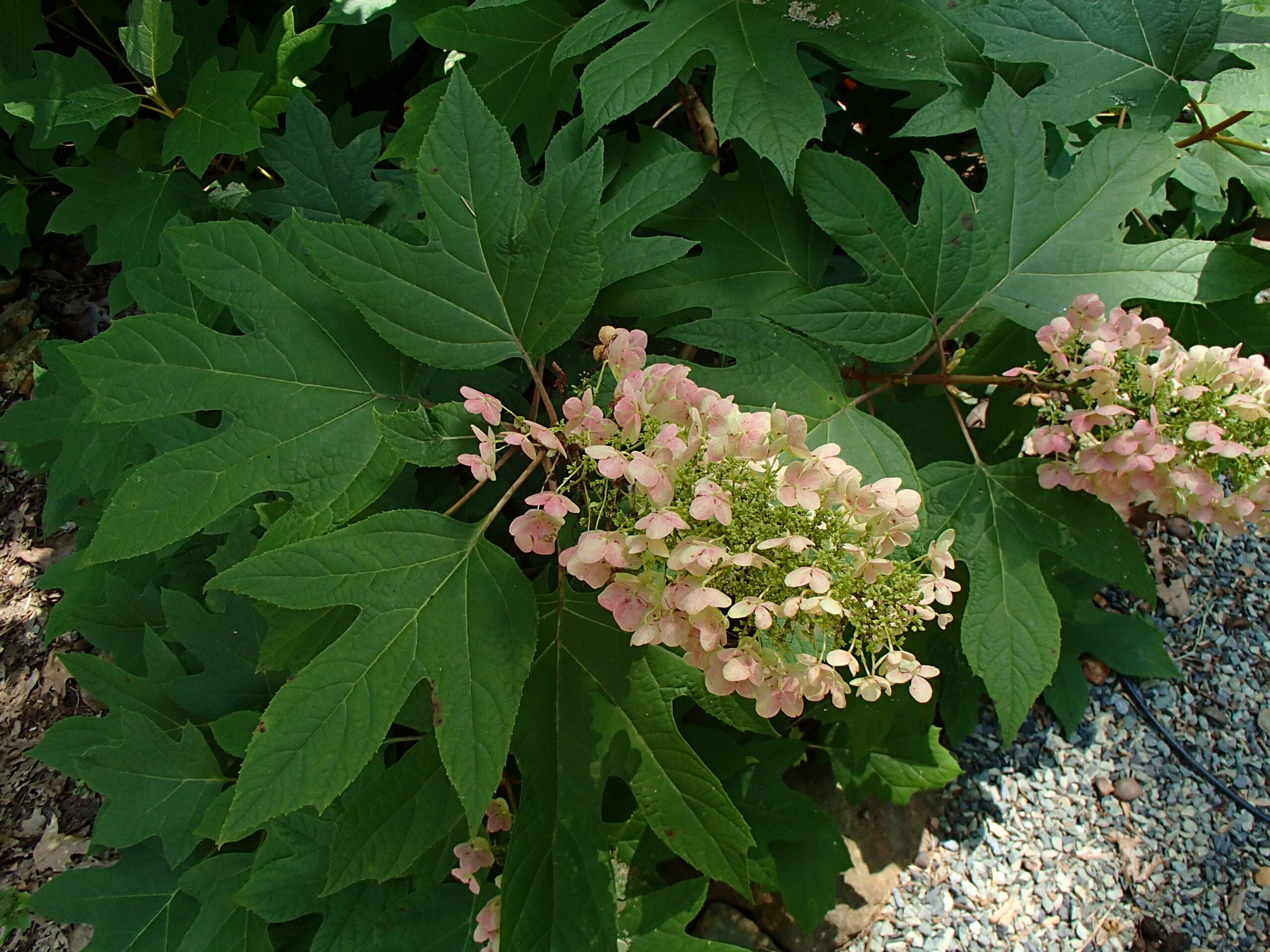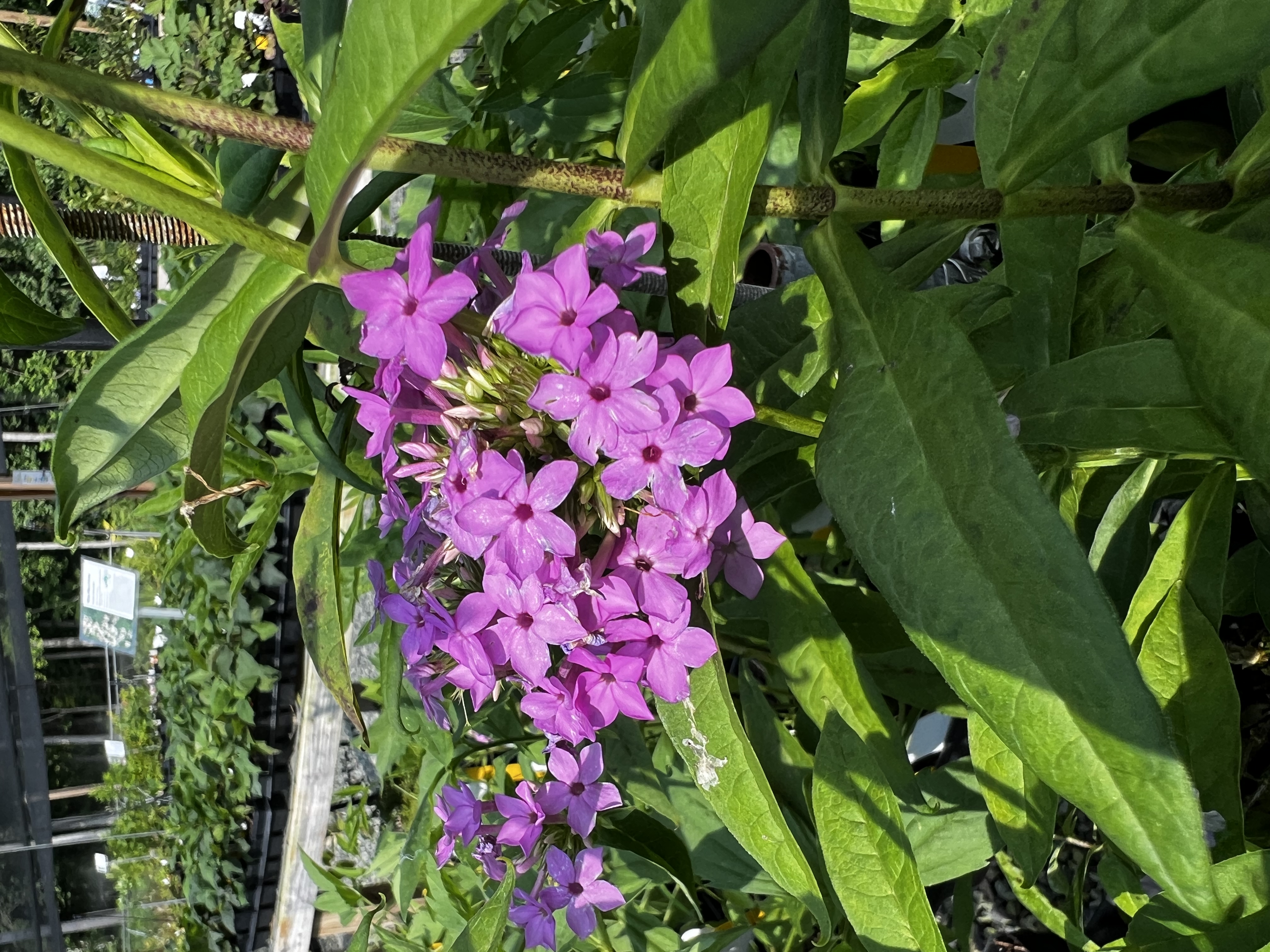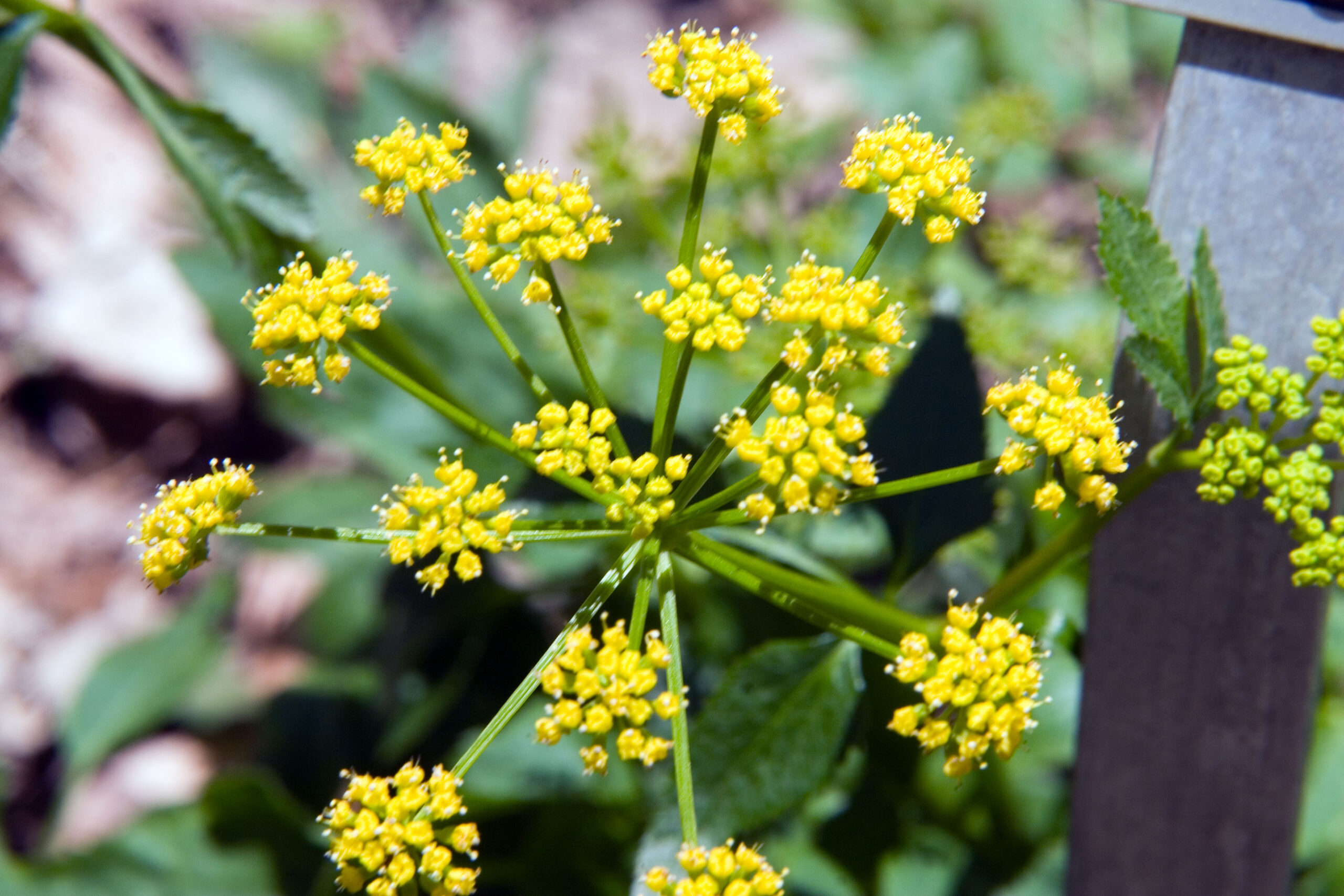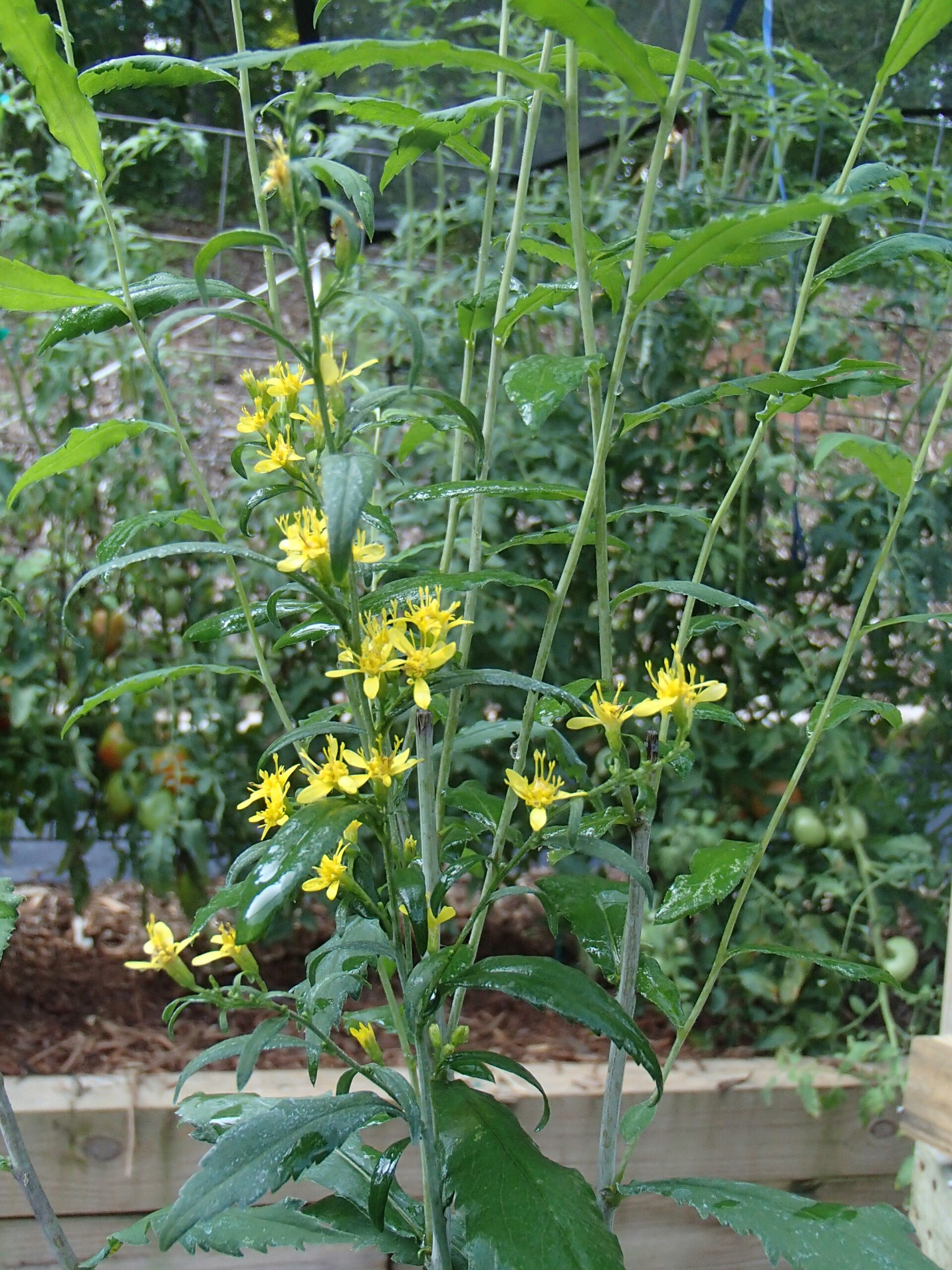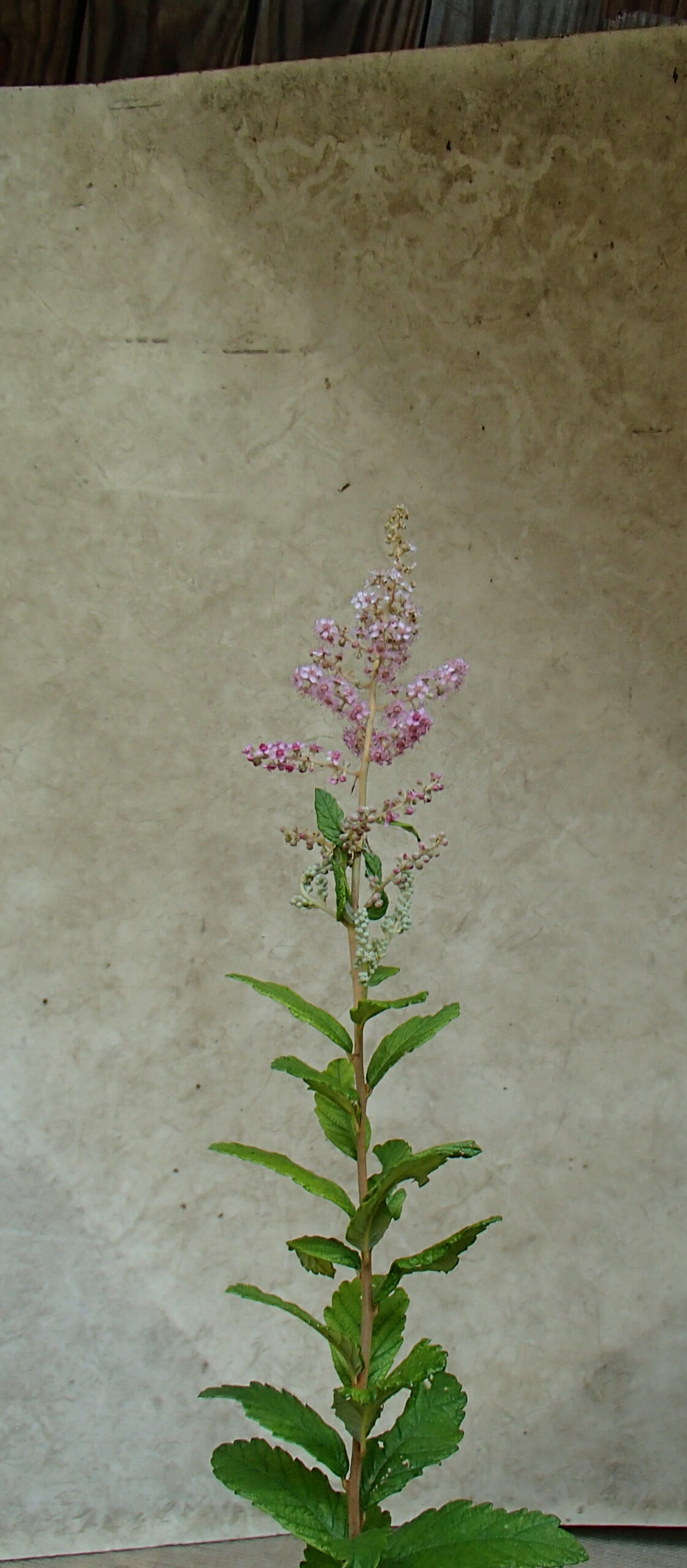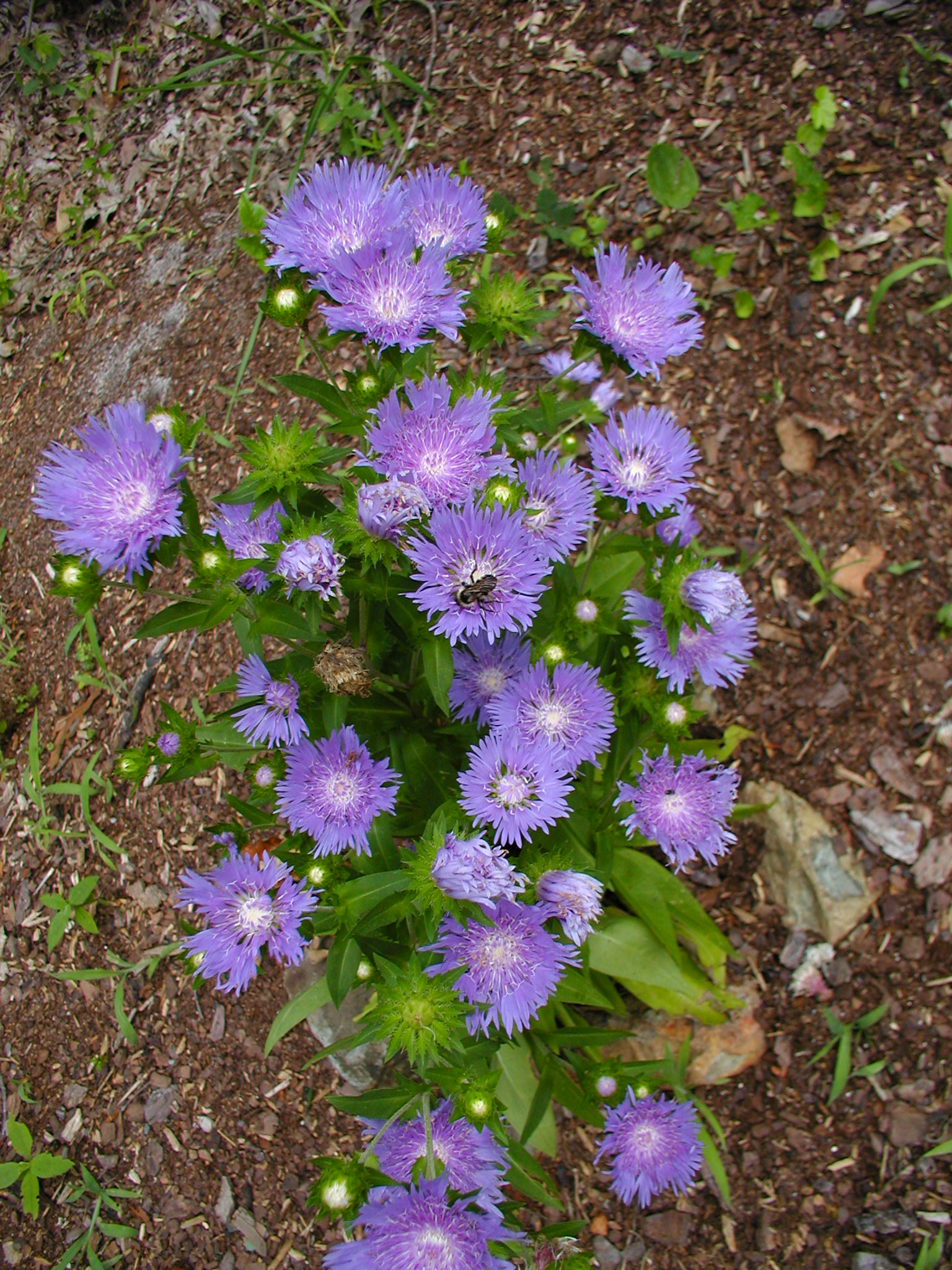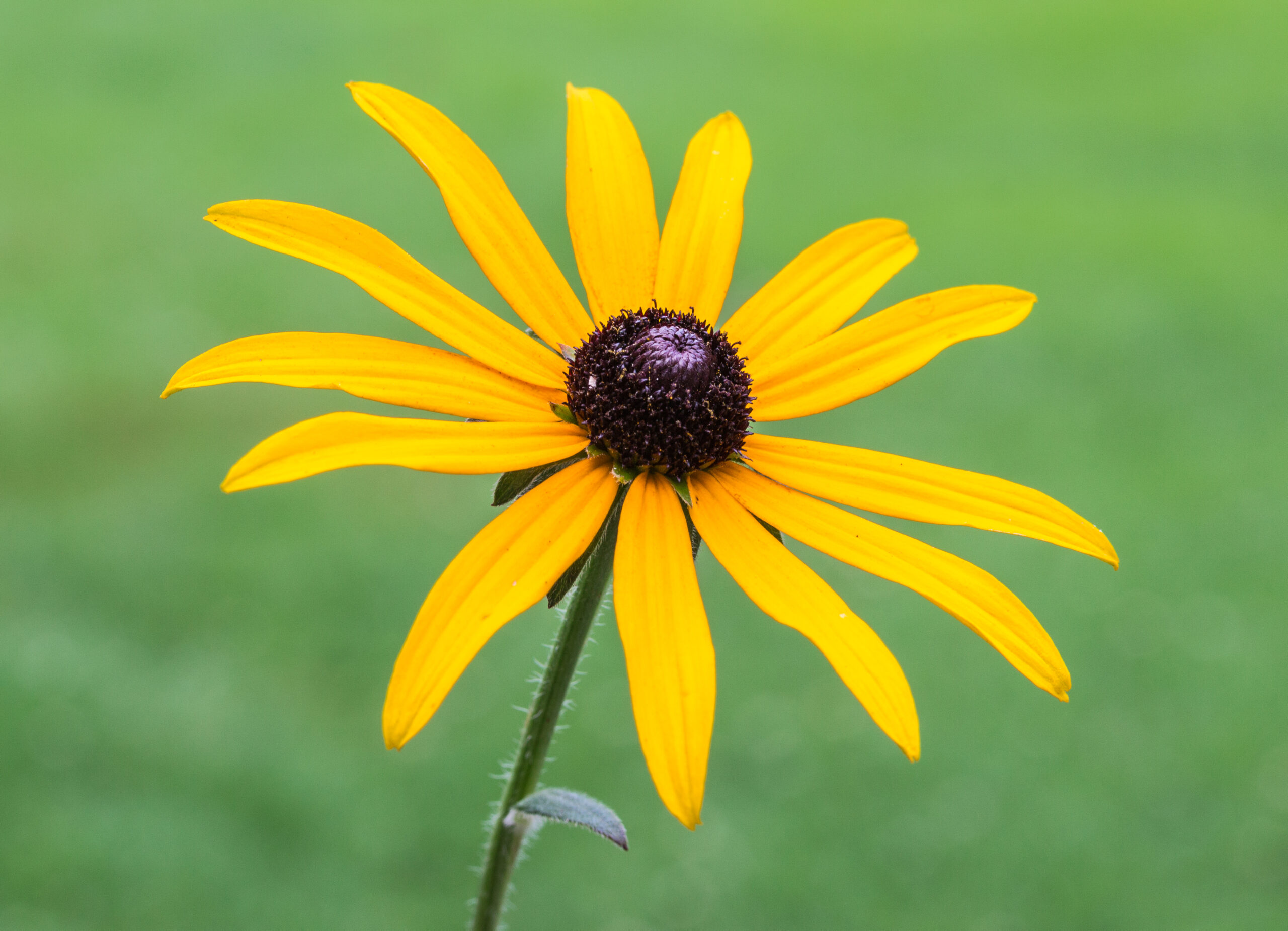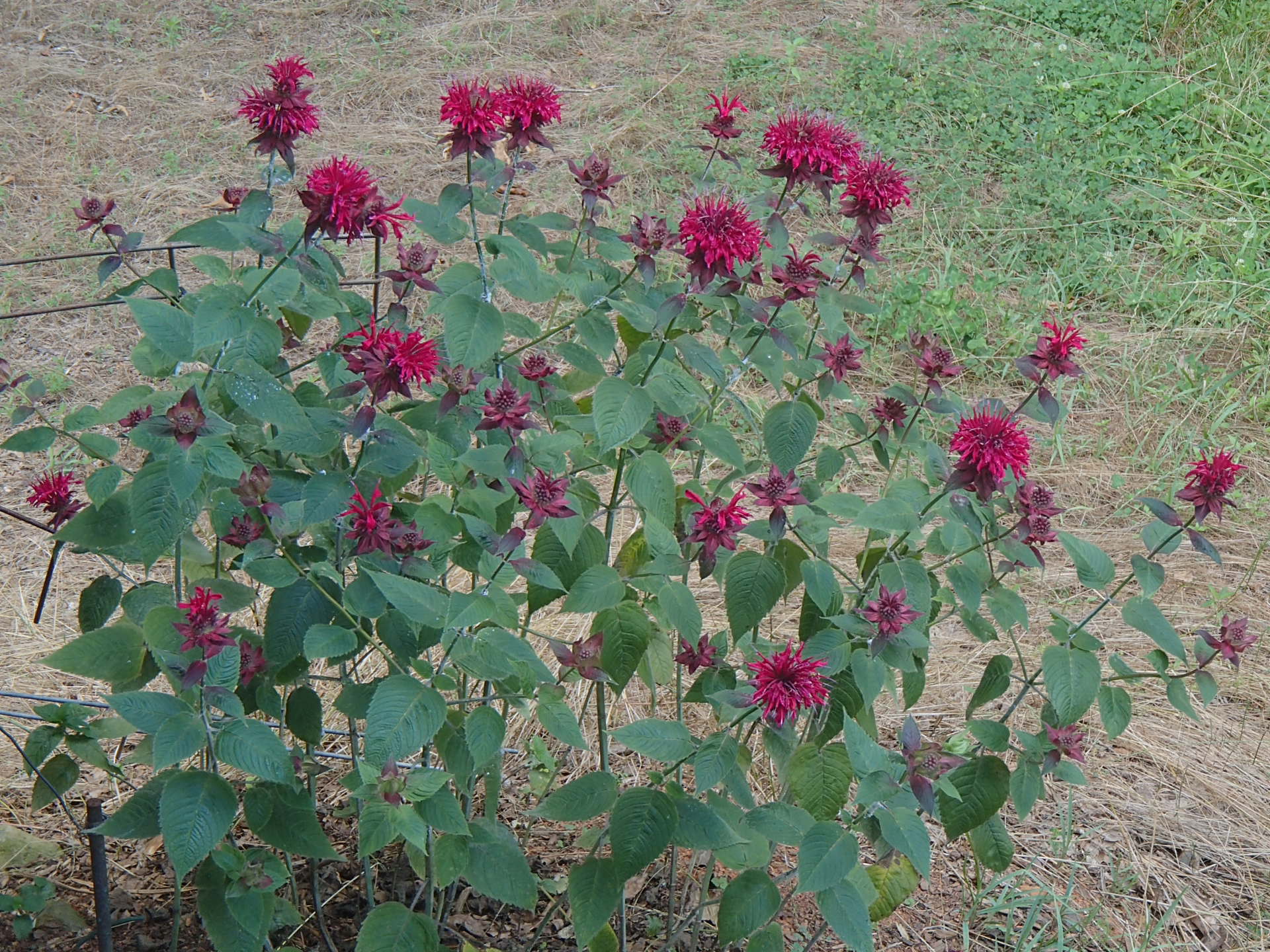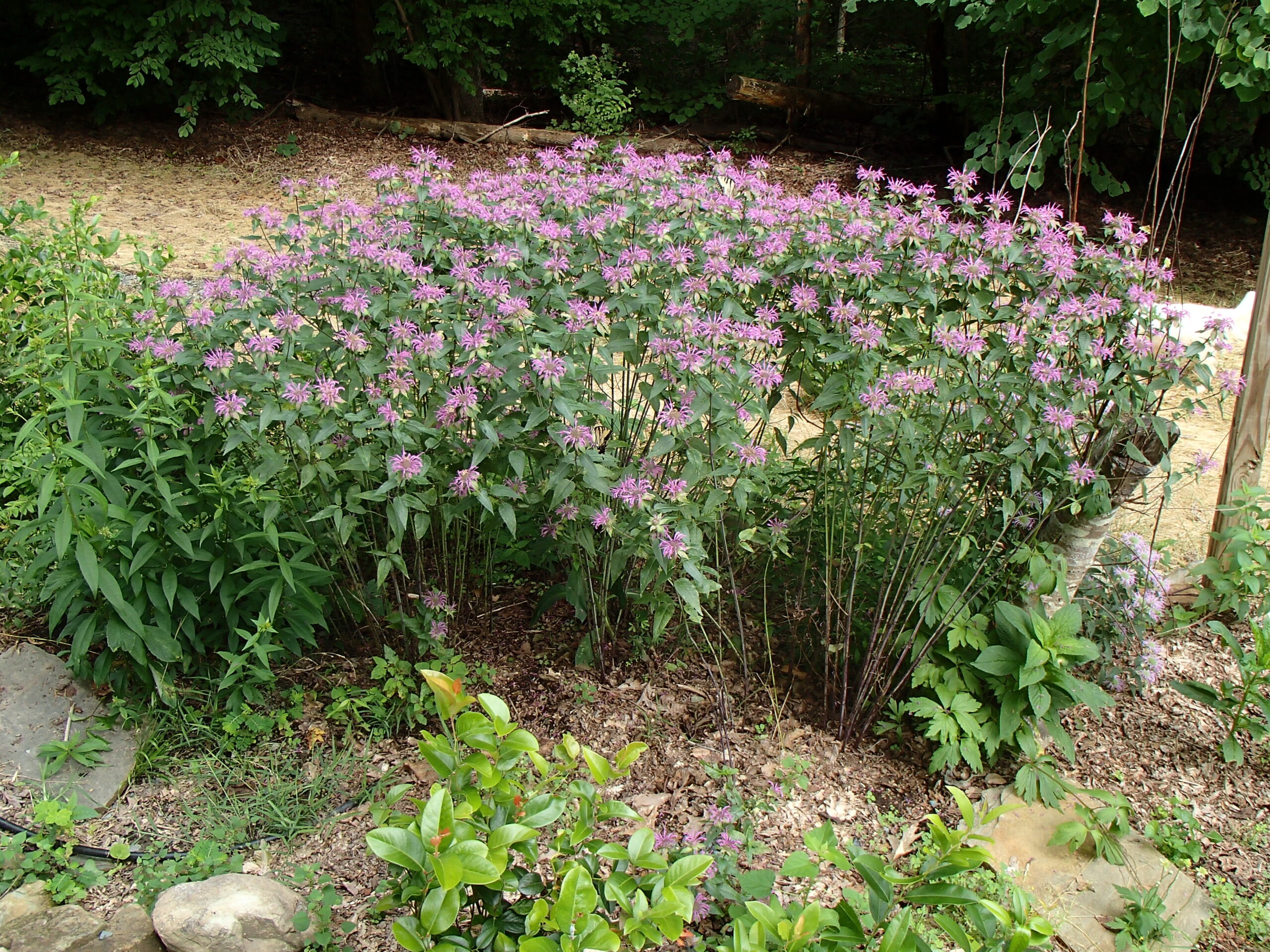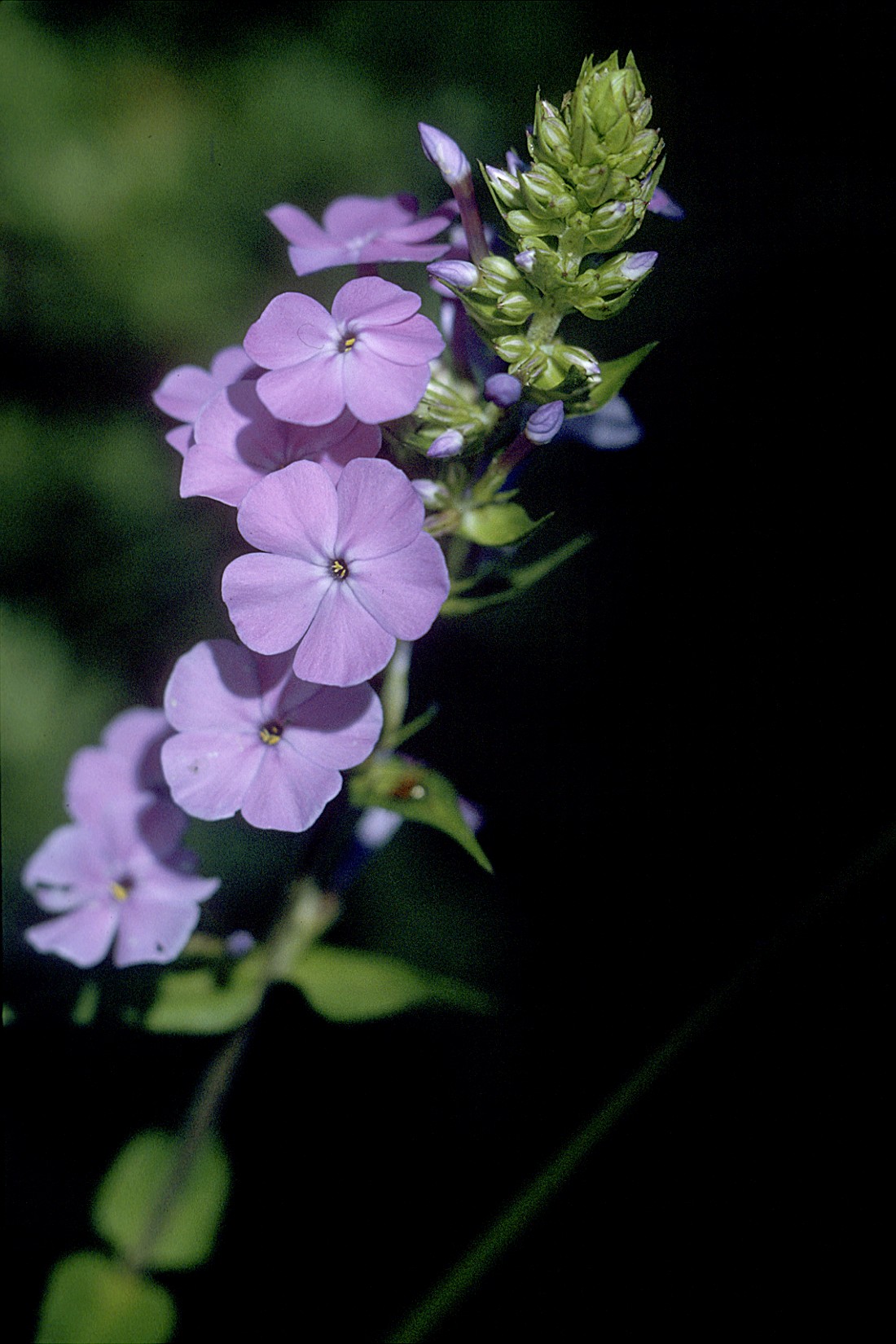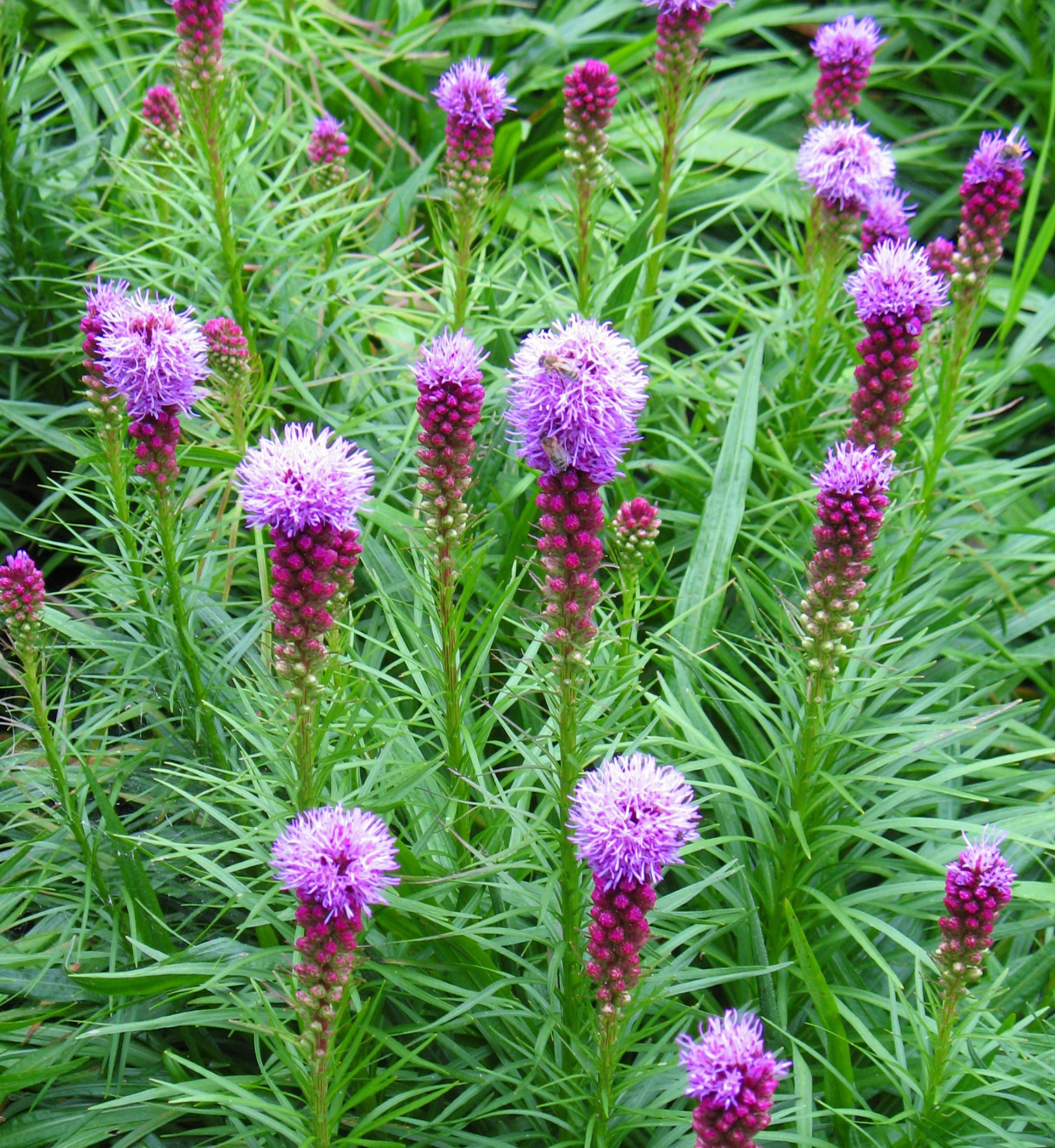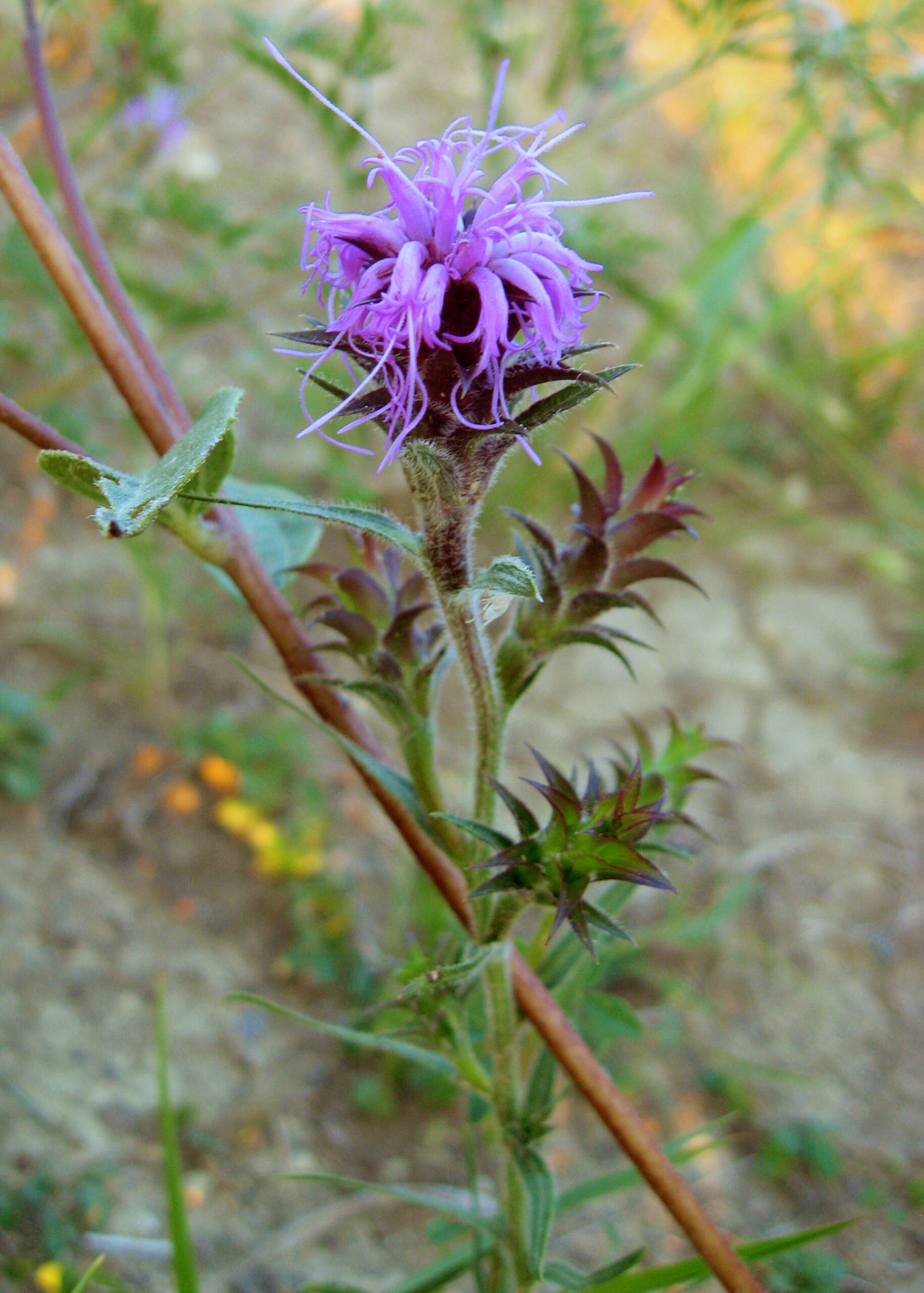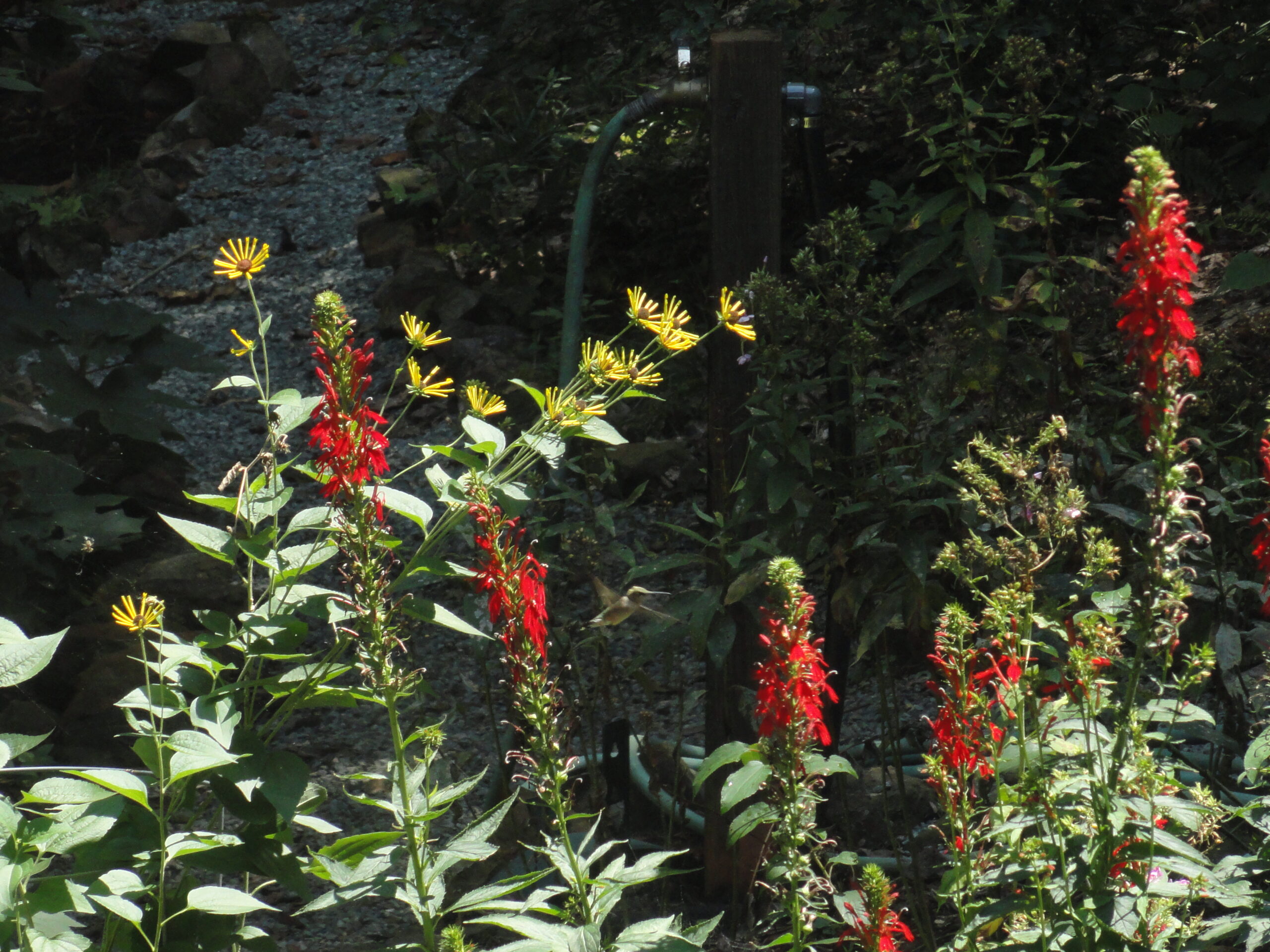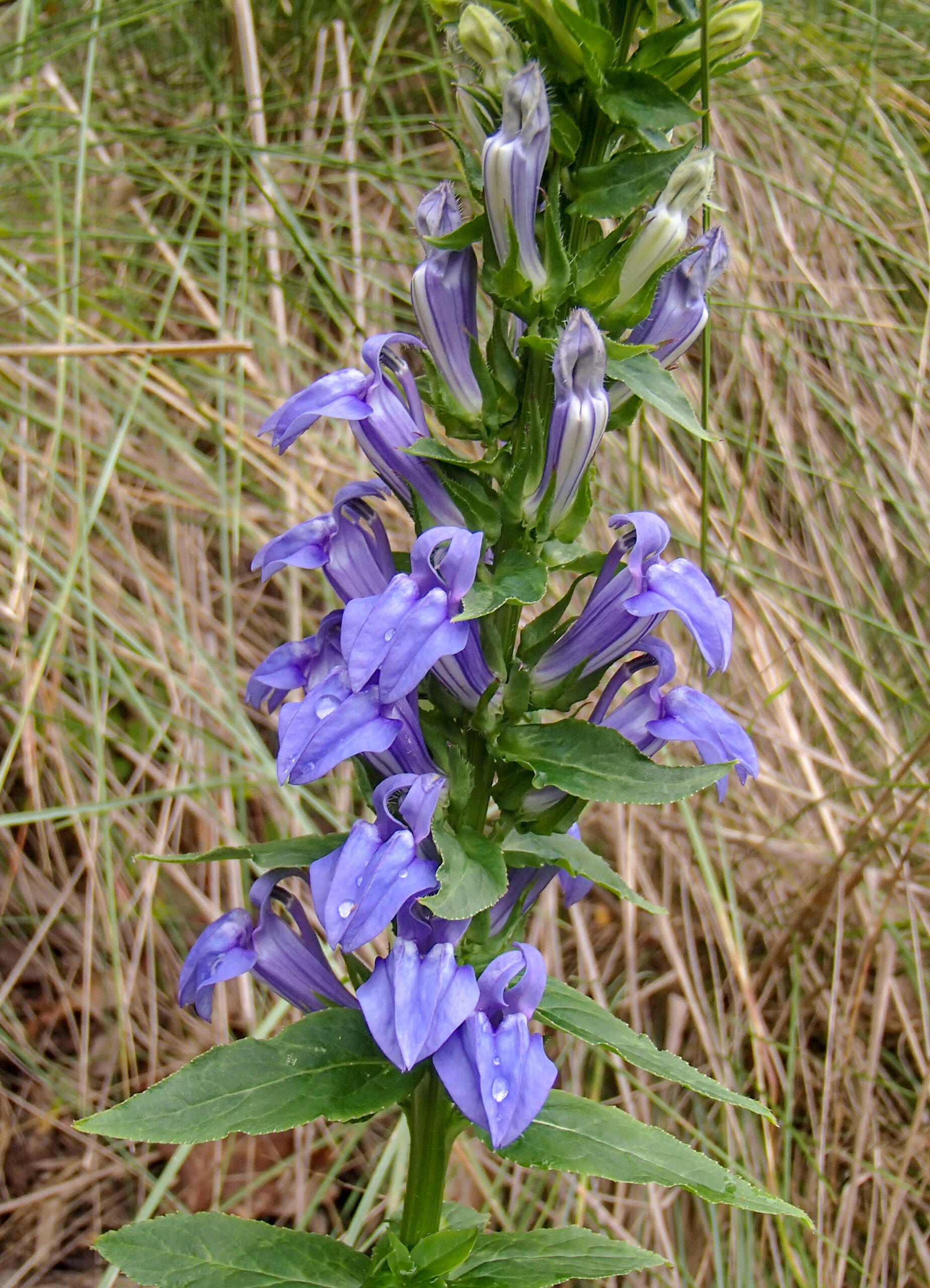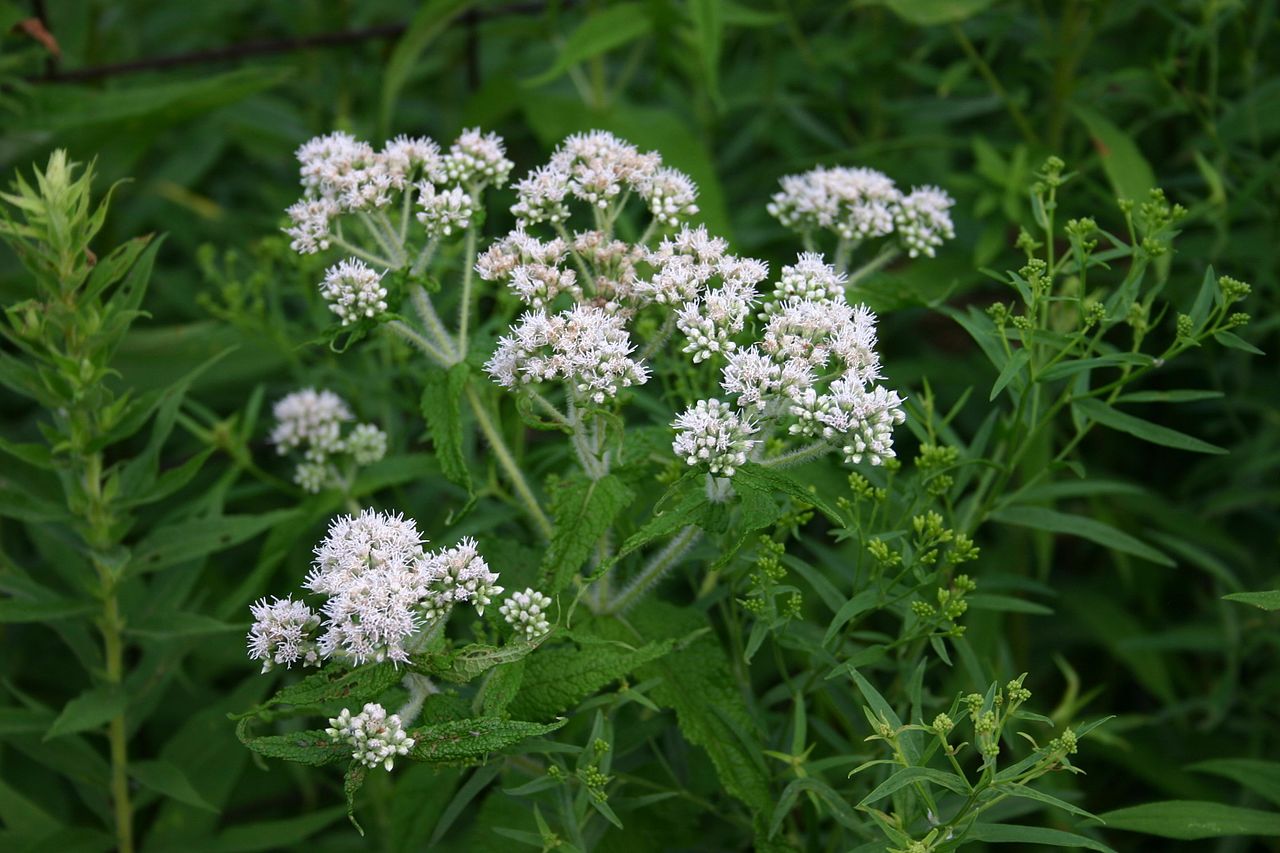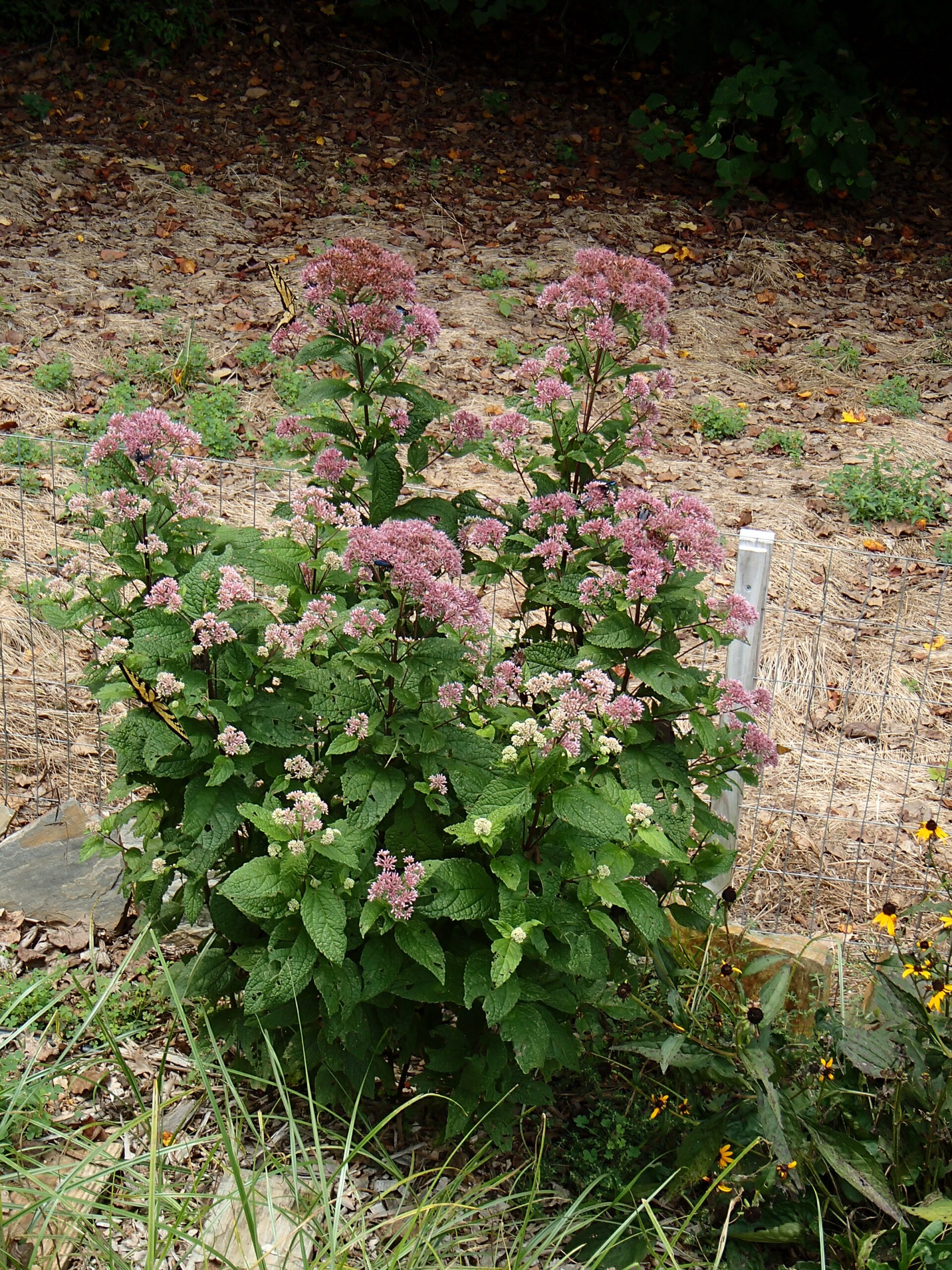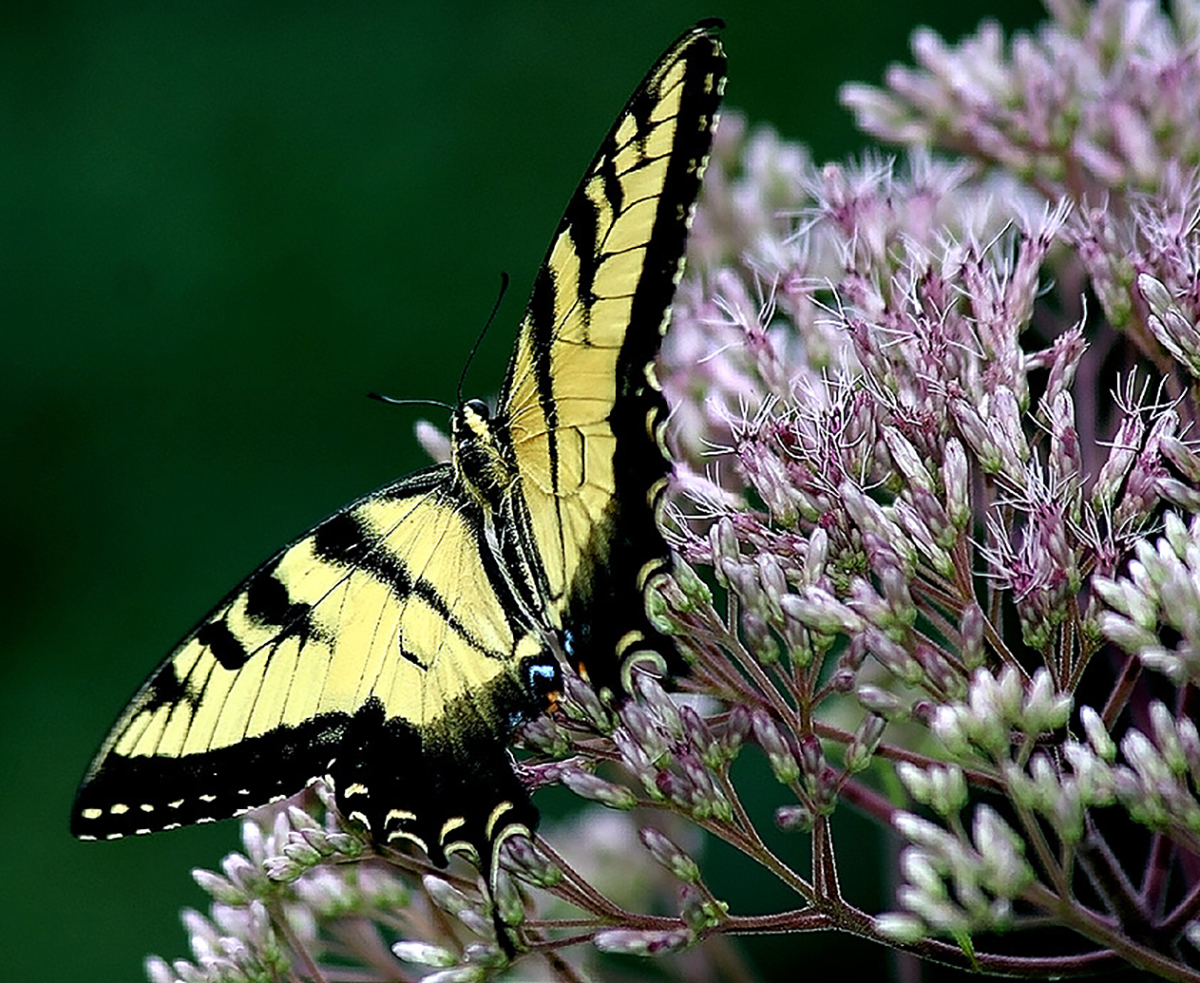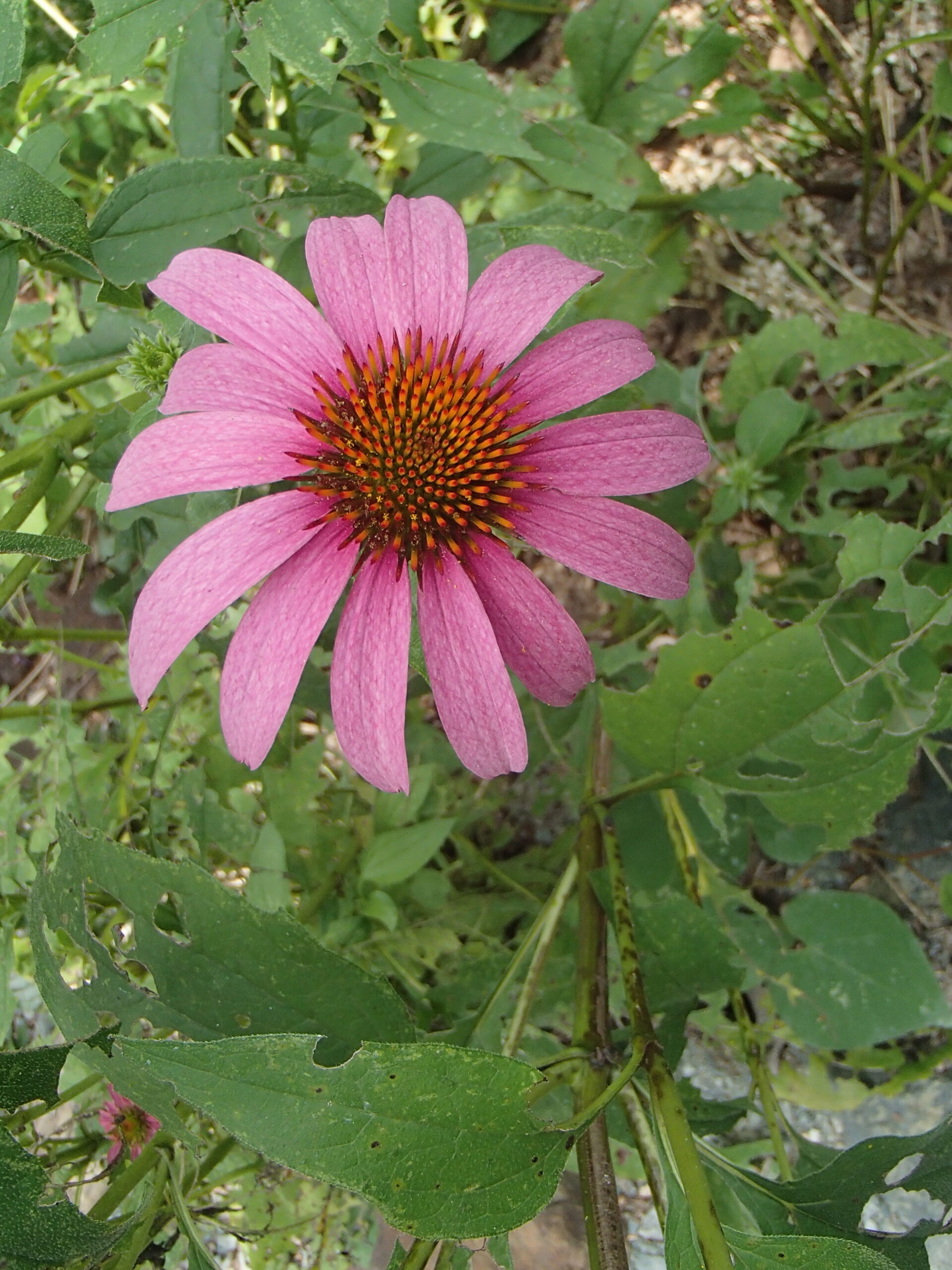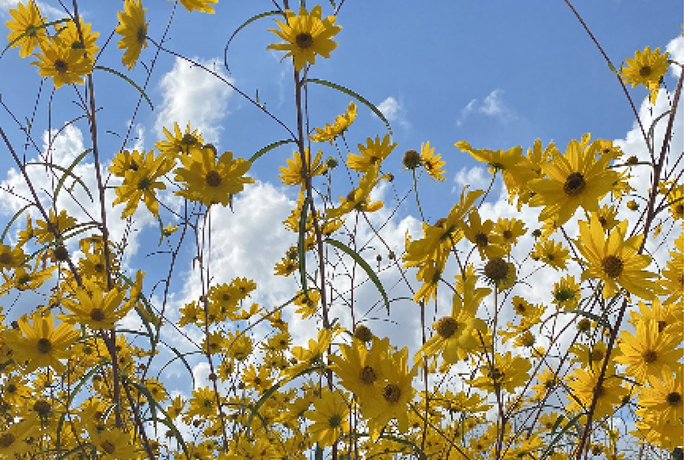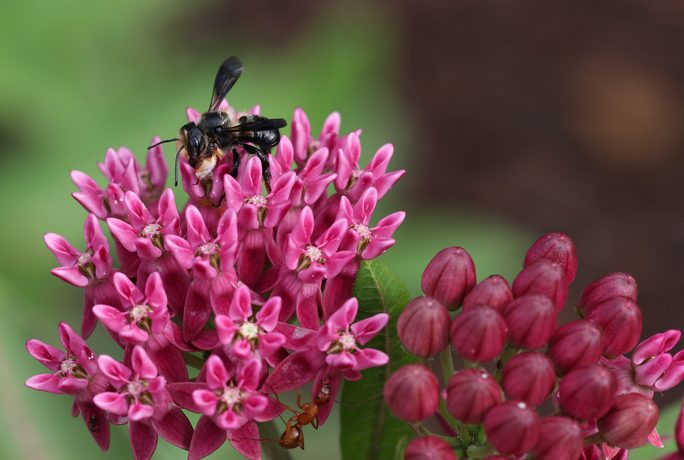NURSERY HOURS
Wednesday: 10-4 Thursday: 10-6 Friday-Saturday: 10-4 Sunday: 12-4
April 29, 2019
Hydrangea quercifolia
Oakleaf Hydrangea, the quintessential flowering shrub for the native garden, is a deciduous shrub native to our southeastern states with outstanding ornamental value. Its growth form is broad, rounded, with lower stems sweeping the ground; with beautiful exfoliating bark and bold, handsomely lobed, deep green leaves, holding aloft great pyramidal, fragrant…
April 29, 2019
Phlox ‘Jeana’
Garden Phlox is a staple of the late summer and early fall garden and ‘Jeana’ is a super-rewarding cultivar of it to grow. It provides wonderful color with its bright pink, aromatic flower clusters, attractive to people, butterflies and hummingbirds alike. Named after a woman in Nashville who identified this genotype,…
February 28, 2019
Zizia aurea
Zizea aurea, or Golden Alexander, is an herbaceous perennial found in piedmont and mountain counties of NC but is much more widespread in the midwest, north central and northeastern states. It consists of 30-inch, branching, erect, reddish, ridged stems which, like others in the carrot family, are hollow between the nodes.…
February 28, 2019
Solidago caesia
Wreath (or Bluestem) Goldenrod could have been so named for its plant form, growing to 2-3′ in gracefully arching, mostly unbranched shoots with bright flowers positioned in the axils of leaves all along the stems. It is smaller and less aggressive than most of its cousins, and more suitable for cultivation…
February 28, 2019
Spiraea tomentosa
Our area (NC and surrounding states) represents the southern tip of the range for this shrub, which is much more common to the north. In NC and Va it occurs in some mountain counties and some coastal plain/lower piedmont counties. The common name “Steeplebush” reflects it’s pink steeple-like blooms in late…
February 28, 2019
Stokesia laevis
This super-attractive, butterfly-drawing herbaceous perennial is small (1-2′ high x 1-2′ wide) with large (2-3 inch) very showy, usually single flowers ranging from cornflower blue (most often) to lavender and even, occasionally, white. The flower structure of Stokes aster reflects its membership in the Aster family: deeply notched blue or lavender…
September 17, 2018
Rudbeckia fulgida ‘Goldsturm’
This plant is not currently for sale. This is an archive page preserved for informational use. Black-Eyed Susan ‘Goldsturm’ — sometimes called “Orange Coneflower” even though it is neither orange nor an Echinacea — is one of the most popular, tried and true garden perennials. These beautiful golden flowers are easy…
September 17, 2018
Rudbeckia fulgida ‘fulgida’
This natural variety of Black-Eyed Susan is found in meadows and on roadsides in the eastern United States from New York to the Florida panhandle and west to Illinois and Mississippi. It is a lovely wildflower, hugely useful in the garden. The plant is 2-3′ high x 1.5 – 2′ wide…
September 17, 2018
Monarda didyma
Beebalm is a showy herbaceous perennial herb in the Mint family, very popular in Southeastern gardens for its long bloom time and easy nature. Bright red, somewhat coarse flowers are supported by sturdy, three-foot tall, square stems in July and August here in the piedmont, making excellent cut flowers.Our southern Appalachians…
September 17, 2018
Monarda fistulosa
Wild Bergamont is a fantastic wildflower native to almost every state in the country! Like other members of the mint family, it has square stems with coarsely toothed and slightly hairy opposite leaves. Wild Bergamont flowers are…well, kind of wild; they are lavender to pink, with irregular tubular petals, protruding from…
September 17, 2018
Penstemon smallii
Small’s Beardtongue is a bright perennial wildflower which naturally grows in the rocky soils of the Blue Ridge Mountains. Green to purplish stems rise from an attractive bronzy-tinted winter rosette. In early summer, it has tubular, snapdragon type bright pinkish-purple blossoms that attract hummingbirds and beneficial insects. They are lavender on…
September 17, 2018
Phlox maculata
Speckled Phlox is an upright, clumping, herbaceous perennial with beautiful bright clusters of small, aromatic, tubular flowers. It grows in moist meadows, along riverbanks and in bottomland woodland openings in the eastern mountains and piedmont and in the midwest, although it is not really common in the wild. Generally unbranched, the…
September 17, 2018
Liatris spicata
Dense Blazing Star is a clump-forming perennial found naturally in moist meadows in Eastern North America. In the Carolinas it is reported mostly in coastal counties. Dense Blazing Star gets its name from its spectacular bottle brush flower stalks, which rise straight and sturdy to four or five feet from grass-like…
September 17, 2018
Liatris squarrosa
Scaly Blazing Star is un upright herbaceous perennial found in high quality natural habitats including openings in upland rocky woodlands, dry ditches and and barren savannas from the eastern Great Plains eastward to Virginia and south. In NC it is reported mostly in piedmont counties. Scaly Blazing Star is one funky…
September 17, 2018
Lobelia cardinalis
Cardinalflower is a handsome wildflower known for it vibrant red (occasionally white or rosie pink) floral spikes on sturdy, upright stems three to four feet tall and occasionally taller. It is valued by gardeners not just for the deep scarlet color and relatively tall, erect form but also because it attracts…
September 17, 2018
Lobelia siphilitica
The Great Blue Lobelia is a colony-forming, clumping perennial which is well known for its long-lasting, deep violet-blue floral spires from late summer to mid-autumn. The deep blue floral racemes play exceedingly well against the dominant yellows of other fall garden greats, and draw their own share of butterflies, bees and…
September 17, 2018
Eupatorium perfoliatum
Boneset or Thoroughwort is a hardy perennial which is found throughout the Eastern half of North America in sunny, low, wet roadsides and fields. The plant grows three to four feet in height with multiple, hairy stems branched only near the top. These terminate in bright white clusters, up to eight…
September 17, 2018
Eutrochium dubium ‘Little Joe’ (formerly Eupatorium)
Coastal Plain or Dwarf Joe Pye, E. dubium, is a tough, rewarding late-season herbaceous perennial whose family must be represented in the native garden. It is very handsome, the fragrant mauve to pink flowers appearing in cone-shaped clusters on red stems in late summer and lasting through fall, similar in many…
September 17, 2018
Eutrochium fistulosum
Joe-Pye Weed is an impressive (six to nine feet), erect, sun-loving perennial which is found mostly in wet thickets and stream margins from Quebec to Texas. Leaves are lance-shaped and whorled around the hollow stem (a diagnostic character for the species). The stems, which are mostly unbranched, are green below with…
September 17, 2018
Echinacea purpurea
Purple Coneflower is found naturally in meadows and roadsides throughout the Central U.S. The few western counties of NC where Purple Coneflower is reported to occur consitute the easternmost edge of its natural range at our latitude. However, this plant must be the all-time favorite native wildflower for sunny pollinator gardens…
About the author

Proin volutpat vitae libero at tincidunt. Maecenas sapien lectus, vehicula vel euismod sed
Categories
Popular Posts
Instagram
Follow us

